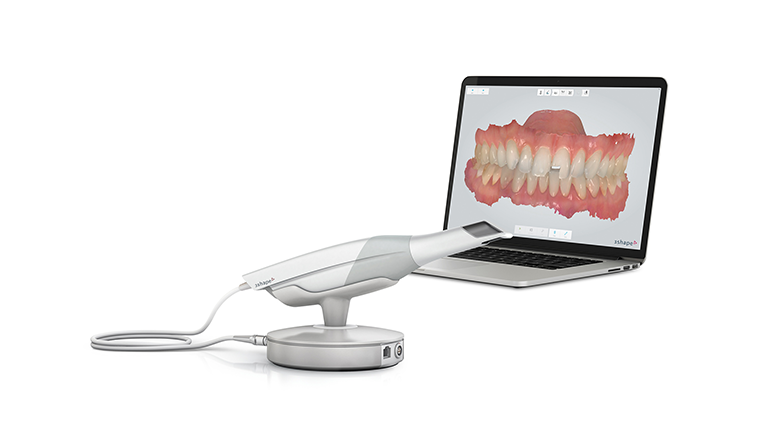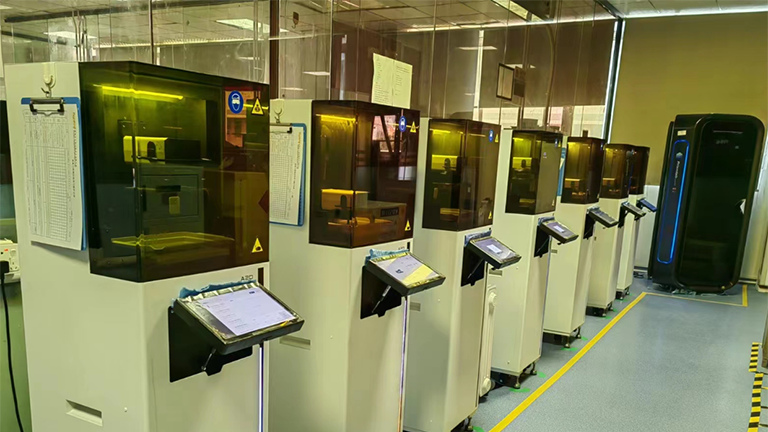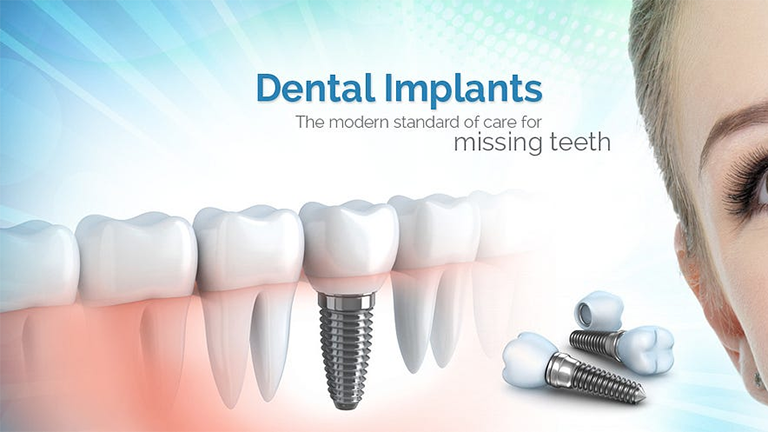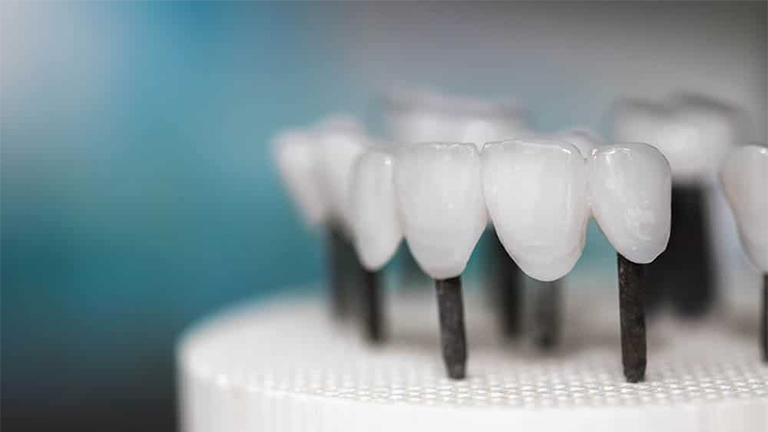Dental laboratory technology education in China: current situation and challenges.
The field of dental laboratory technology plays a crucial role in the overall dental healthcare system. Dental laboratory technicians are responsible for fabricating dental prostheses that restore oral function and improve appearance. As such, dental laboratory technology education is an essential component of overall dental education.
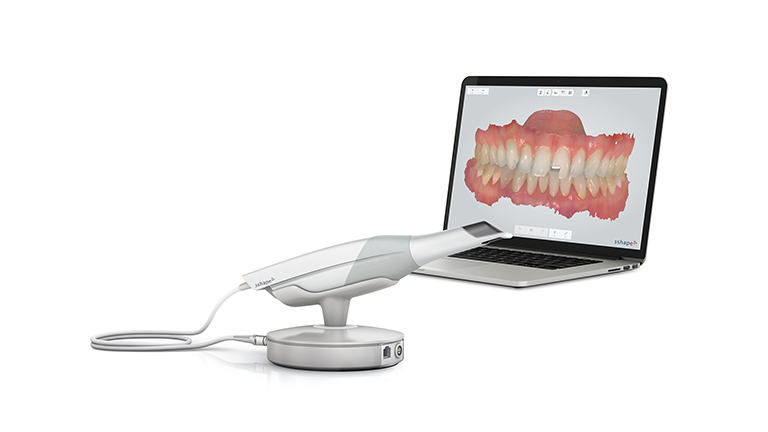
Currently, dental laboratory technology education in China faces several challenges. The first challenge is the lack of standardization in education. There is no uniform curriculum or accreditation process across the various educational institutions offering dental laboratory technology courses. This lack of standardization leads to variations in the quality of education and the skills of graduates.
The second challenge is the lack of exposure to new technologies and techniques. With rapid advancements in dental technology, it is essential for dental laboratory technicians to have exposure to new techniques and technologies. However, many educational institutions in China lack the resources to provide their students with such exposure, leading to a gap between the skillset of graduates and the needs of the dental industry.
The third challenge is the lack of international recognition of Chinese dental laboratory technology education. While the education provided in China may be of high quality, it is not widely recognized outside of the country. This lack of recognition can hinder the career prospects of Chinese dental laboratory technicians who wish to work abroad.
Despite these challenges, there are several ways to address them and improve dental laboratory technology education in China. The first step is to establish a standardized curriculum and accreditation process. This will ensure that all educational institutions adhere to the same quality standards and that graduates have a consistent skill set.
The second step is to provide more resources and exposure to new technologies and techniques. This can be achieved through partnerships with dental manufacturers and suppliers, who can provide access to training and hands-on experience with state-of-the-art equipment.
The third step is to establish partnerships with international dental organizations and educational institutions. These partnerships can help to raise the profile of Chinese dental laboratory technology education and provide opportunities for graduates to work abroad.
In Conclusion
Dental laboratory technology education in China faces several challenges but there are many opportunities for improvement. By addressing the lack of standardization, providing exposure to new technologies, and establishing international partnerships, the quality of dental laboratory technology education in China can be elevated, leading to a stronger dental healthcare system and improved career prospects for graduates.

